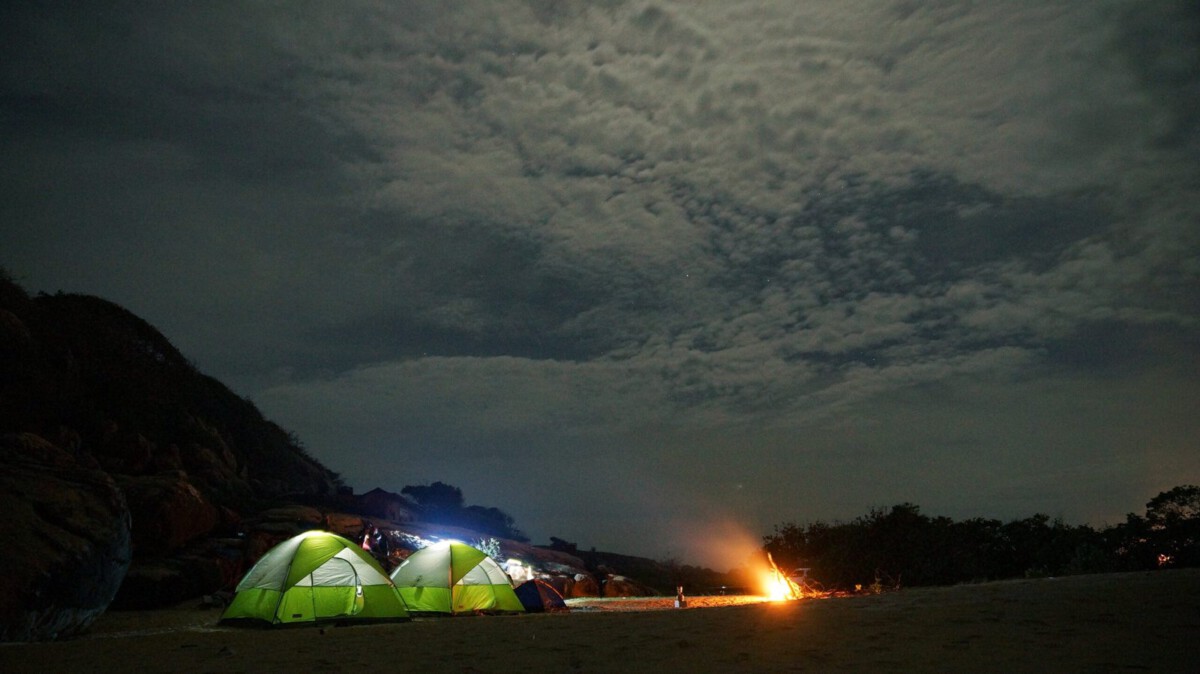1. Planning Every Dollar: Budgeting for Cross-Border Travel in 2024

Travelers in 2024 face rising costs, but meticulous planning makes all the difference. According to the World Economic Forum’s Travel & Tourism Development Index (2024), airfare and accommodation prices increased by an average of 8% compared to 2023, yet budget travelers still manage epic journeys. Tools like Rome2Rio and Skyscanner help compare prices across countries in real-time, ensuring no surprise costs eat into the precious $300 budget. Many travelers use apps like Trail Wallet to track daily spending, which is crucial when every cent counts. A 2024 survey by Hostelworld found that 78% of solo travelers set a strict daily limit—often $20 or less—by prioritizing essentials and using digital banking apps with no foreign transaction fees. Price alerts and off-peak booking strategies, such as traveling midweek, have saved travelers up to 35% on transportation. Budgeting also means pre-booking key legs of the trip, minimizing the risk of last-minute price spikes. Every decision, from currency exchange to public transport, is planned in advance to stretch finances across borders.
2. Choosing the Cheapest Countries: Where Your Money Goes Further
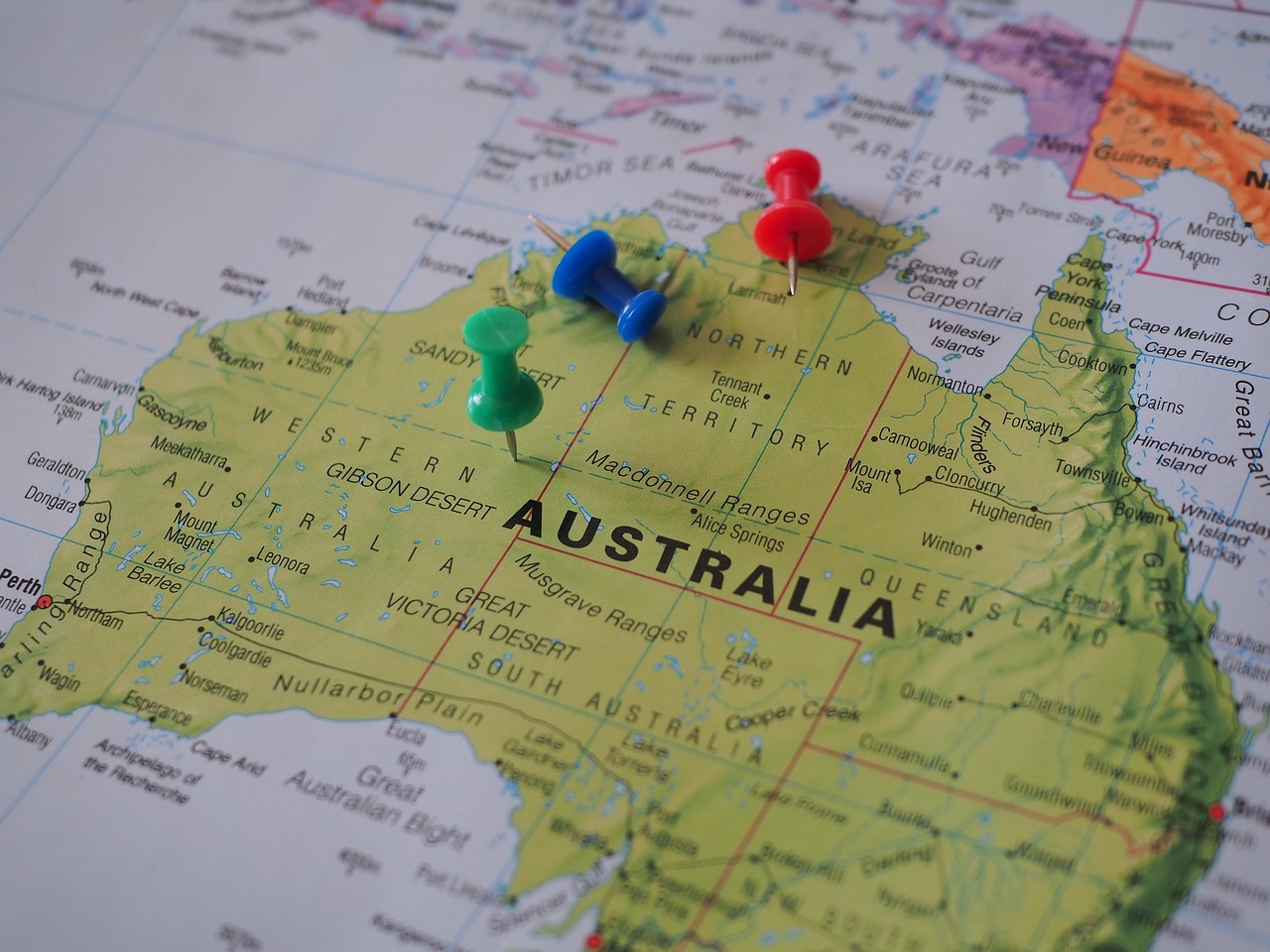
Selecting the right countries can make or break ultra-budget travel. In 2024, destinations like Albania, North Macedonia, and Serbia topped the European Backpacker Index as the most affordable, with daily costs averaging under $30. Southeast Asian countries such as Vietnam and Indonesia remain attractive, but recent inflation nudged daily expenses up by 12% since 2023, according to Numbeo’s 2024 Cost of Living report. Travelers report that Eastern European and select Central American countries provide the best value, especially for food and public transport. In a March 2024 case study published by Nomadic Matt, a traveler covered Hungary, Slovakia, and Poland for less than $300, relying on budget hostels and local eateries. Avoiding Western Europe or tourist hotspots like Paris, where a single hostel bed averages $35 per night (Hostelworld, 2024), is essential. Picking low-cost countries enables travelers to stretch their funds across multiple borders without sacrificing basic comfort or safety.
3. Packing Light: Mastering the Art of the Carry-On

Traveling with only a carry-on bag is no longer just for minimalists—it’s a necessity for budget cross-border travel in 2024. Airlines have tightened baggage restrictions, with most European low-cost carriers charging $40–$60 for checked luggage (Ryanair, EasyJet, 2024 data). The new trend, highlighted in the 2024 Lonely Planet “Packing Report,” is capsule wardrobes: versatile, quick-drying clothing that fits in a 40-liter backpack. Travelers prioritize multi-use items like a rain jacket that doubles as a windbreaker or shoes suitable for both city walking and light hiking. The report found that 82% of budget travelers in 2024 used packing cubes to maximize space and avoid excess fees. Essential electronics are pared down to a smartphone, USB charger, and universal adapter, as free Wi-Fi is widely available in most hostels and train stations. The key to success is packing only what’s truly needed—anything extra can be bought cheaply abroad, if necessary.
4. Finding Free or Dirt-Cheap Accommodation: Hostels, Couchsurfing, and More
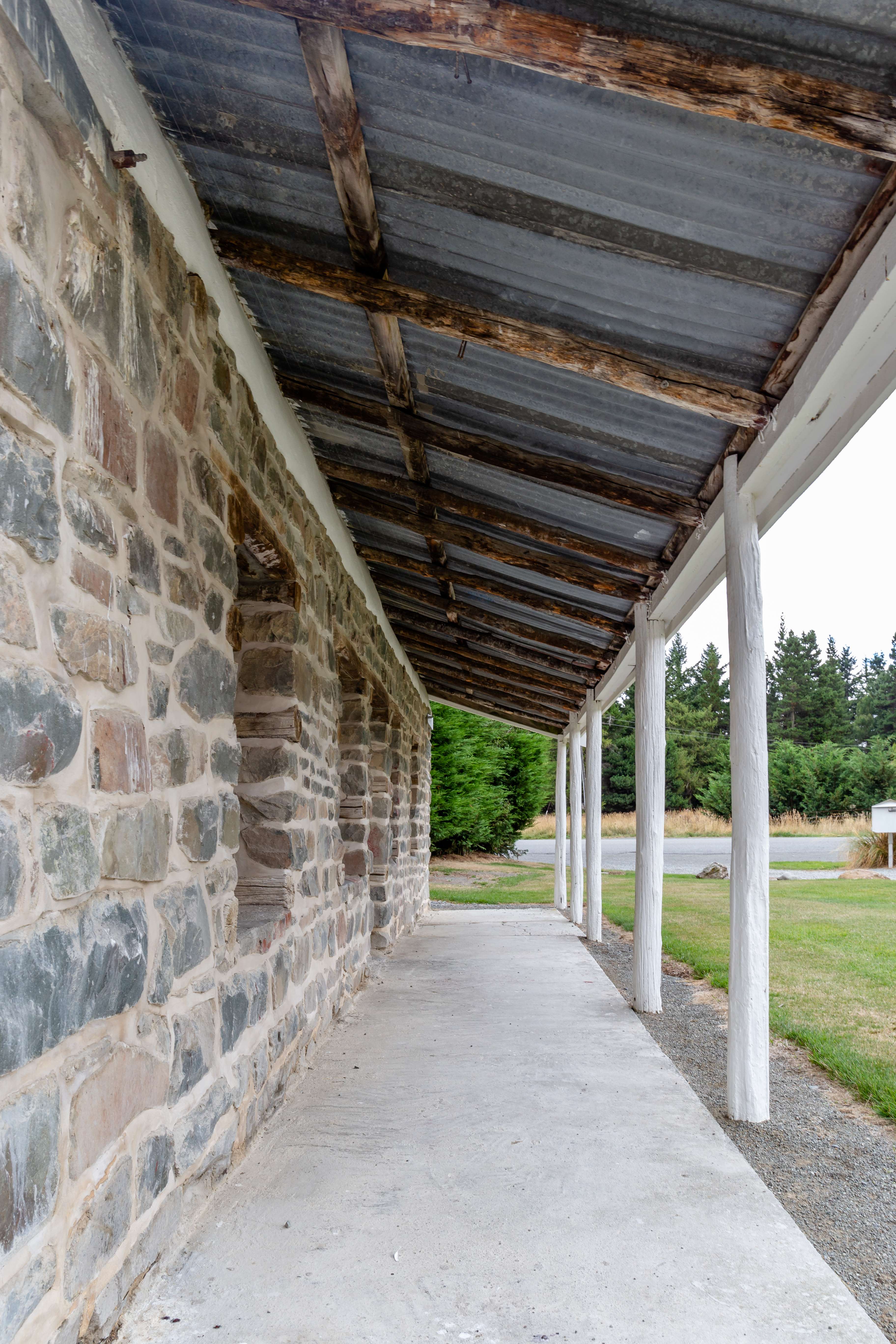
Accommodation remains the largest expense, but savvy travelers in 2024 leverage a mix of options to keep costs near zero. Hostelworld’s 2024 report shows that hostel beds in Eastern Europe average $12 per night, while Southeast Asia offers beds for as low as $5. Couchsurfing, which saw a 20% increase in active hosts this year, provides free stays and local experiences. A March 2024 review by The Points Guy found that 60% of travelers who crossed multiple countries on a budget relied on at least one night of Couchsurfing. Platforms like BeWelcome and Trustroots have grown in popularity as alternatives, especially in cities where Couchsurfing is saturated or less active. Some travelers also use Workaway or Worldpackers, exchanging a few hours of work for free lodging and meals. Booking.com’s “Genius” loyalty program, newly updated in 2024, offers additional 10% discounts to frequent users, which can make a difference on such a tight budget.
5. Eating Well for Less: Navigating Food Costs on the Road

Eating out can quickly deplete a $300 budget, but 2024’s travelers use several strategies to keep food costs minimal. The latest Eurostat data shows restaurant prices in Western Europe rose by 7% in 2024, while Eastern Europe and parts of Asia remain more affordable. Street food markets, grocery stores, and hostel kitchens are the secret weapons of budget travelers. In a January 2024 survey by Hostelworld, 74% of respondents said they cook at least half their meals while traveling. Fresh produce and bakery items from local markets are often a fraction of the cost of restaurant meals. Many hostels now offer free breakfast or communal dinners, which also foster connections with fellow travelers. Apps like Too Good To Go, available in over 17 countries as of 2024, help travelers find discounted surplus food from cafes and bakeries. By avoiding tourist restaurants and sticking to local favorites, it’s possible to eat well for under $6–$10 per day.
6. Navigating Borders and Visas: Avoiding Hidden Costs and Hassles
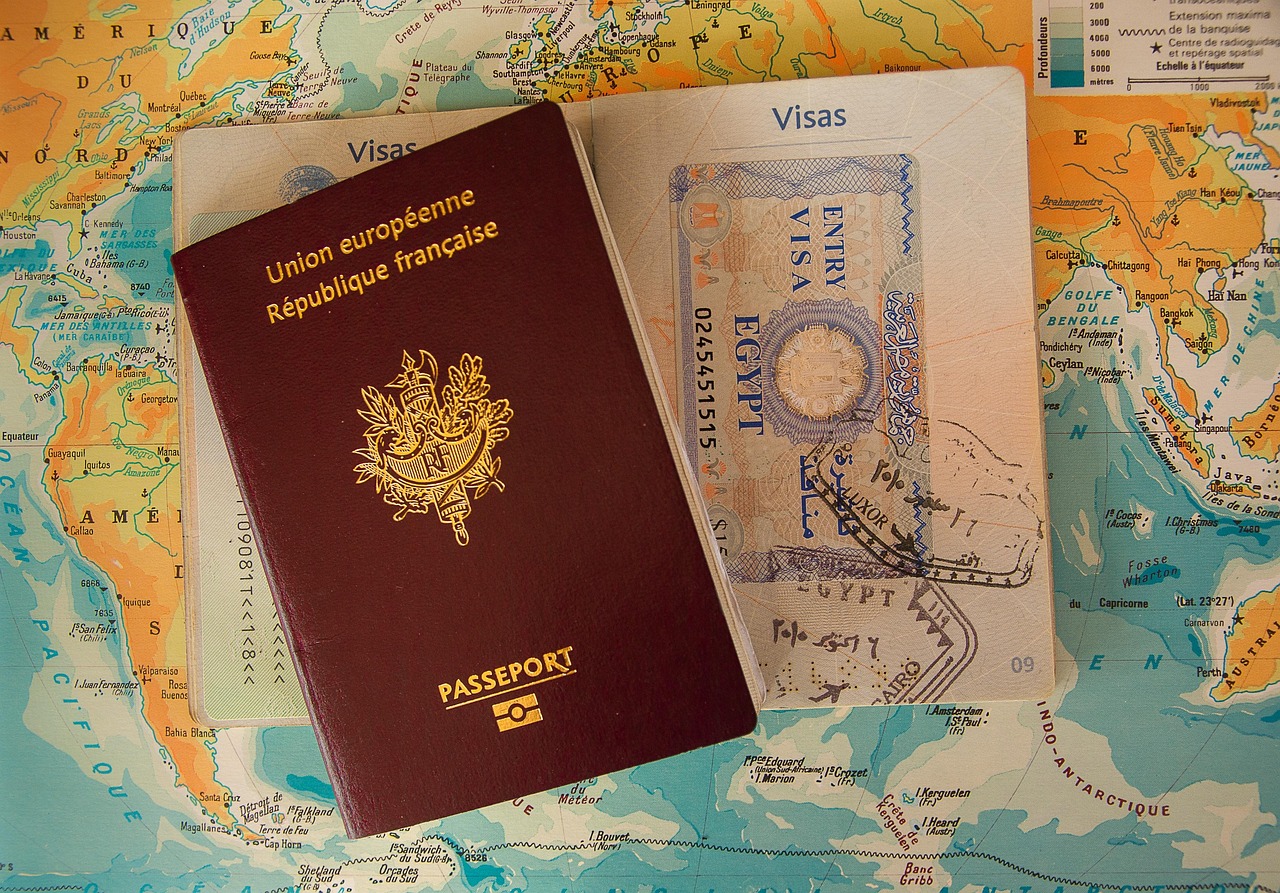
Crossing borders on a shoestring requires careful research to sidestep unexpected fees. In 2024, the European Union’s ETIAS visa waiver—delayed until mid-2025—means travelers from visa-exempt countries still enjoy free passage, but this is set to change. According to the International Air Transport Association, some Balkan and Eastern European countries have introduced minor entry fees ($8–$14) for non-EU citizens post-pandemic. The U.S. State Department’s April 2024 update warns travelers to check for reciprocity fees, as rules can change quickly. Many budget travelers now use government visa portals and travel forums like Reddit’s r/solotravel for up-to-date, real-world entry experiences. Bus or train travel often avoids expensive airport taxes, and border agents are accustomed to seeing travelers with limited funds—so carrying proof of onward travel and pre-booked accommodation is essential. Careful visa research saves both money and time, ensuring smooth passage between countries.
7. Getting Around: The Cheapest Ways to Cross Borders and Explore Cities

Intercity travel is the second-largest expense, but 2024 offers more low-cost options than ever. FlixBus and BlaBlaCar, both reporting double-digit growth in 2024, connect hundreds of European cities for as little as $7 per ride. According to the European Commission’s Transport Report (2024), bus and rideshare travel remain significantly cheaper than trains or flights, especially for last-minute bookings. In Asia, regional bus lines and shared vans are still the norm, with fares averaging $2–$8 per 100 kilometers (GoAsiaDayTrip, 2024). Urban mobility apps like Citymapper and Moovit help budget-conscious travelers find the cheapest metro, tram, or bus routes in major cities. Many cities also offer free or discounted transport cards for tourists, as highlighted in a March 2024 article by Conde Nast Traveler. Walking remains the ultimate zero-cost solution, and many travelers report covering 10–15 kilometers daily to save on fares while discovering hidden gems along the way.
8. Staying Connected: Free Wi-Fi and Budget-Friendly SIM Cards in 2024

Staying online is critical for modern travelers, and 2024 has made it easier than ever to remain connected without splurging. A GSMA Intelligence report from January 2024 notes that public Wi-Fi is now available in 92% of major city train stations and 68% of hostels across Europe and Southeast Asia. Local SIM cards are often the cheapest way to access data on the go: in Poland, for example, 10GB of data costs just $3 (Orange Poland, April 2024). eSIM technology, supported by most modern smartphones, allows travelers to switch networks instantly and avoid roaming fees—a popular option in countries like Vietnam and Hungary where eSIM plans are under $5 per week. Messaging apps and offline maps are downloaded in advance to minimize data use. Free Wi-Fi is standard in most cafes and many national museums, so it’s rare to be completely disconnected. Travelers also use offline translation and navigation apps to save data and stay oriented in unfamiliar places.
9. Safety and Security: Managing Risks on a Tight Budget
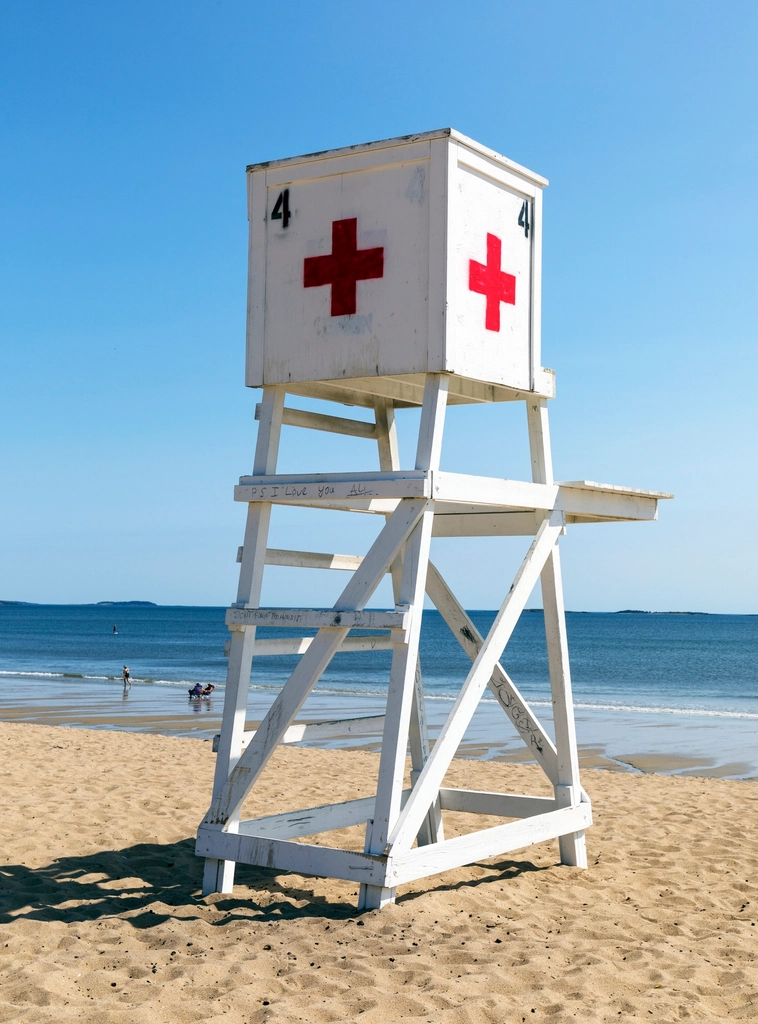
Traveling cheaply shouldn’t mean compromising safety, and 2024’s travelers are more prepared than ever. The European Travel Commission’s 2024 Safety Index shows most Eastern European countries are as safe as Western Europe for tourists, with petty theft being the most common concern. Many hostels have upgraded security with lockers and 24-hour reception, responding to a 2024 Hostelworld study that found 57% of travelers prioritize secure accommodation. Solo travelers increasingly use GPS sharing apps to keep friends and family informed of their whereabouts. The U.S. State Department’s Smart Traveler Enrollment Program (STEP) saw a 15% increase in registrations in early 2024, as more travelers seek real-time safety updates. Insurance comparison platforms like SafetyWing and World Nomads report a 10% jump in short-term travel policy purchases, as budget travelers recognize the value of basic coverage. Carrying digital copies of important documents and using RFID-blocking wallets are now standard precautions.
10. Real Stories: Case Studies from Travelers Who Made It Work in 2024

Personal accounts from 2024 show that traveling across three countries with just a carry-on and $300 is not just a dream—it’s happening now. In February 2024, blogger Anna Kozlova documented her 10-day journey through Bulgaria, Romania, and Serbia, spending $287 by sticking to local buses, Couchsurfing, and eating market food. Her daily expenses averaged $28, and she reported meeting dozens of other travelers doing the same. A Reddit user, @BudgetNomad2024, shared receipts from a March trip across Hungary, Slovakia, and Poland, with hostel beds, intercity buses, and street food totaling $298. In Southeast Asia, digital nomad groups on Facebook reported similar successes, especially in Vietnam and Cambodia, where hostel beds and bus rides remain under $10. These case studies highlight the importance of flexibility, resourcefulness, and up-to-date research. Their stories are inspiring proof that even in 2024, borders can be crossed and adventures had—all with just a carry-on and a few hundred dollars.



